What if all the birds of the world looked and acted alike? How would this homogeneous population serve the earth? The winter birds bring activity, color, and beauty to the very coldest, bleakest part of our northern winters. With temperatures plunging below zero this week, our feeders filled with black oil sunflower seeds have been life-giving to the varied population of feathered and furred creatures.
I read a blog post recently that made me curious about how we perceive homogeneousness. Many are familiar with the term homogeneous from chemistry when substances are in the same phase or from geometry when angles are the same. Homogeneous is defined as ‘essentially alike.’ The writer of the blog post, in the most general definition, lives in a very homogeneous population, yet wrote with disdain about some of the people in his daily life who chose a different path from the writer. I thought, ‘Wow! If this person has disdain for people who are so ‘essentially alike’ him, it’s no wonder there is little tolerance for people who truly are different.’
Heterogeneous means ‘different in kind; unlike.’ The different kinds of birds and creatures who come to our bird feeders in the winter showcase the diversity of Nature. The Red-bellied Woodpecker flies to the feeder and scatters all the other birds who are feeding there. His black and white barred feathers and red cap make him one of the showiest birds. His diet of mostly insects is supplemented by the seeds he collects and stores in the bark of trees.
The intelligent Blue Jay is the only bird that will challenge the Red-bellied Woodpecker as the dominant feeder bird. His loud calls and large size intimidate the smaller birds. Blue Jays love acorns and have been shown to cache 3-5,000 acorns in one autumn. It is believed that Blue Jays helped spread the growth of oak trees after the glacial period.
Dark-eyed Juncos are small sparrows, mainly seed eaters who hop instead of walk. They eat off the ground, scratching through leaf litter and snow to find their food. They are snowbirds who retreat north to Canada in spring and summer.
Purple Finches live near coniferous trees, eat berries, fruit, and weed seeds and love black oil sunflower seeds. The males have a rosy colored head, breast and rump patch while the females are mostly brown.
This female Cardinal was having a bad crest day one very windy morning. Usually the crests of Cardinals and Blue Jays are raised as a sign of aggression and down while feeding, but the wind had other plans. Both male and female Cardinals are obsessed with defending their territory and will attack their own reflection in windows, thinking it’s another bird.
White-breasted Nuthatches eat mainly insects, but got their common name by storing large nuts and seeds in the crevices of tree bark, then whacking them with their bill to ‘hatch’ the seed out of it. They are often seen going sideways and upside down on the trunks of trees.
American Goldfinches are the only finch to molt twice a year, giving them a bright yellow feathered coat in the spring and summer and a dull, muted yellow coat in the fall and winter. Goldfinches are the strictest vegetarians and love thistle and aster seeds.
Curious and acrobatic Black-capped Chickadees flit to the feeder, grab a seed, and fly away to a branch to eat it or hide it for later. They can remember thousands of hiding places. Their namesake call of chickadee-dee-dee indicates a higher threat level with the more dee notes on the call.
The small Downy Woodpecker eats mainly insects, including many pest insects, but likes the suet cakes in the winter. Only the male has a red patch on the back of his head. Downy Woodpeckers don’t sing songs but drum loudly on wood and metal during courtship for the same purpose.
The birds share the feeders and seeds with the squirrels…
and rabbits, or maybe it is they that share with the birds.
What if all the birds were alike? What if all of us humans were alike? How would these homogeneous populations serve the world? My guess is….not very well. The blog writer scorned others who were in essence very similar to himself, which gave the impression that he wanted all others to act and believe like he did in order for them to be worthy. God created a diverse world of birds, creatures, plants, trees, and humans. All have a place at the table, a role to fulfill, and a job to do in the grand scheme that is not ours, but God’s. Perhaps we need a biannual molt of ideas to show our new colors. Fighting to defend ourselves and our territory is innate and at times, necessary, but too often we end up attacking the reflection of ourselves.
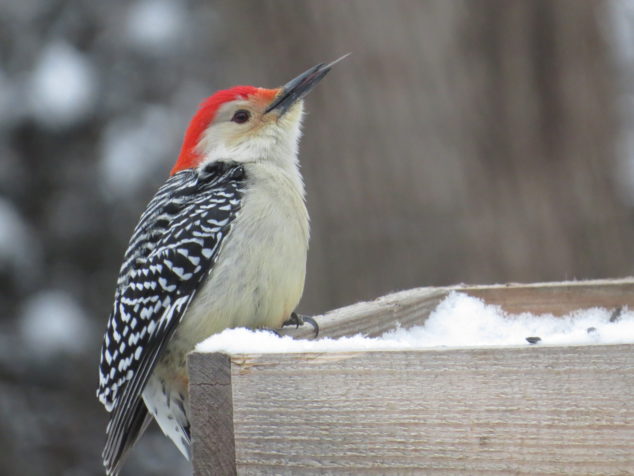
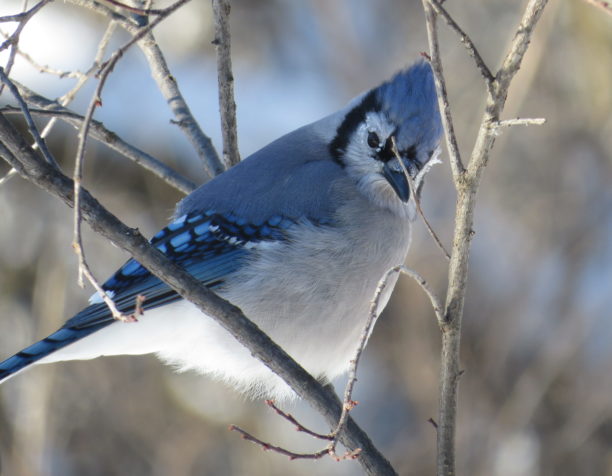

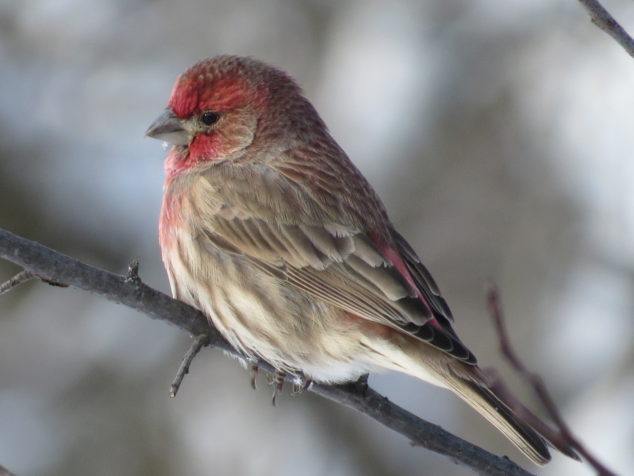
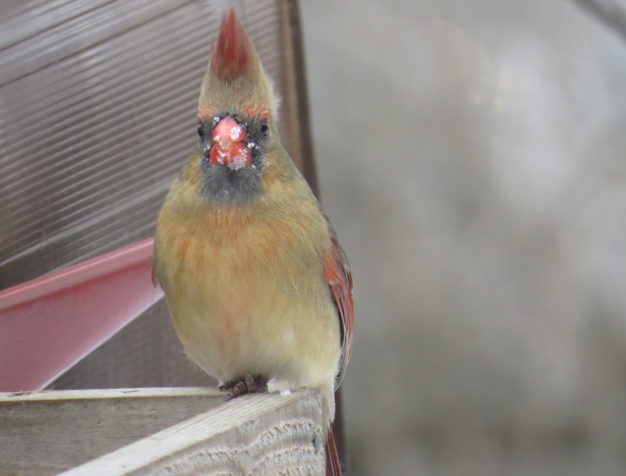
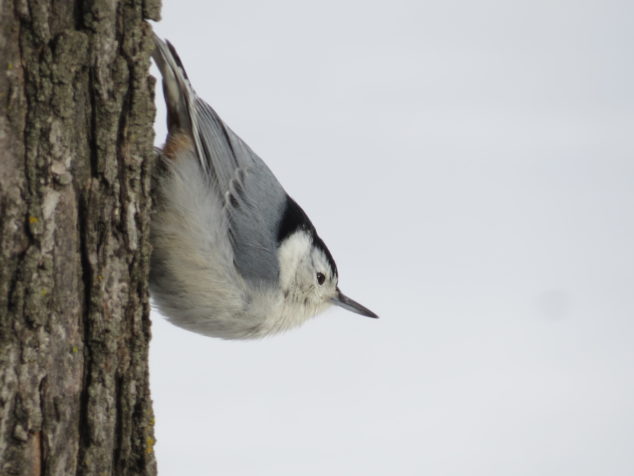
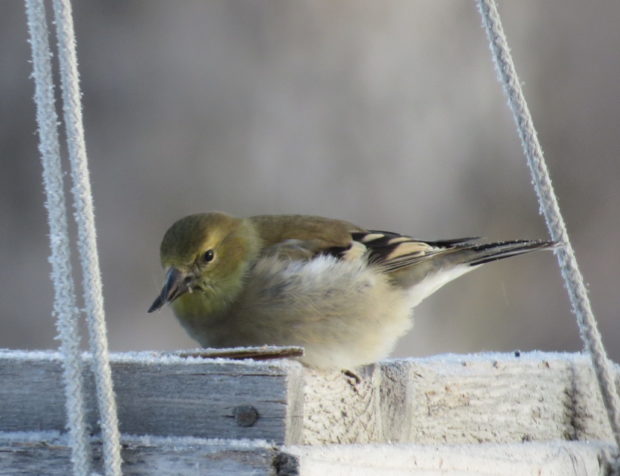
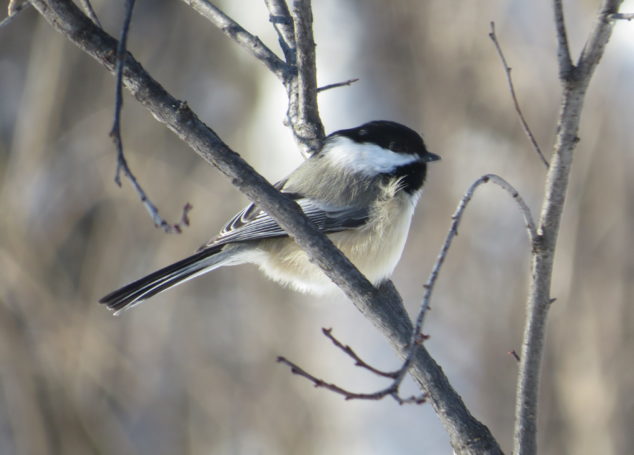
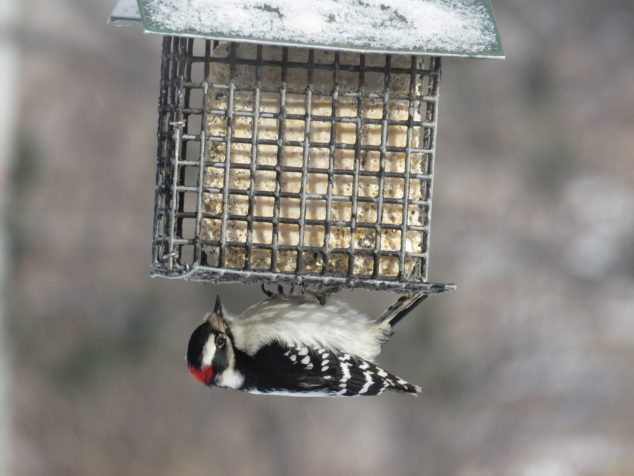
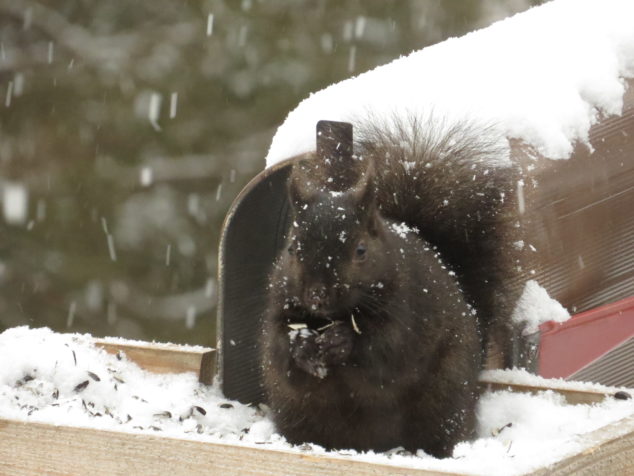
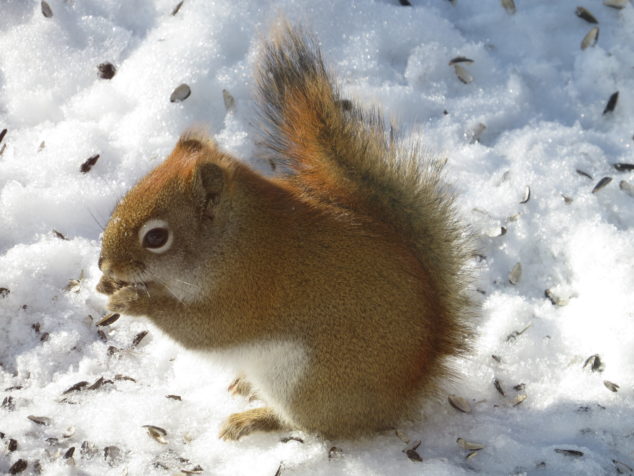
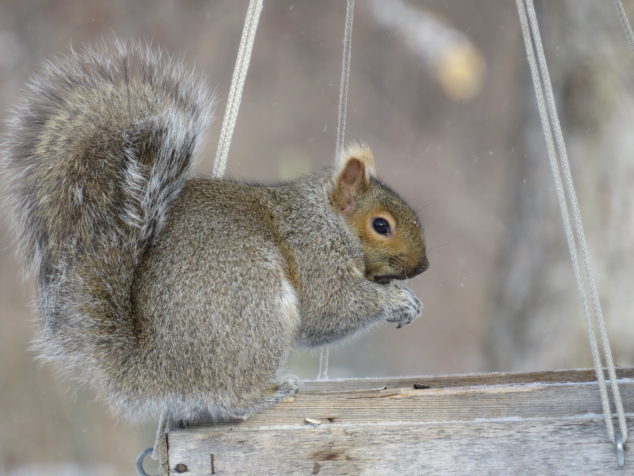
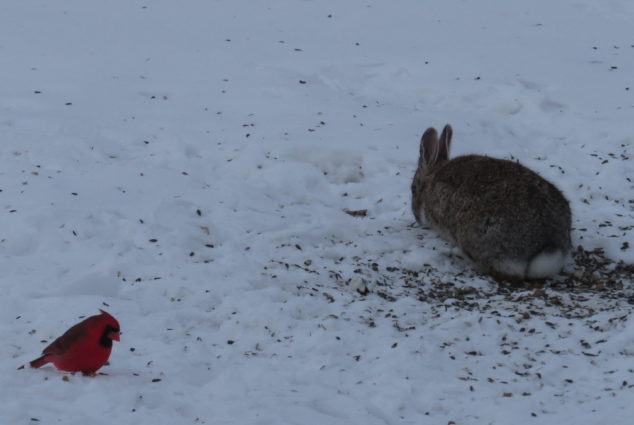
Well, since I have very few winter birds of my own, it’s so much fun to look at yours, whether in person or with pictures.
Good job.
Mom
Thanks, Mom!